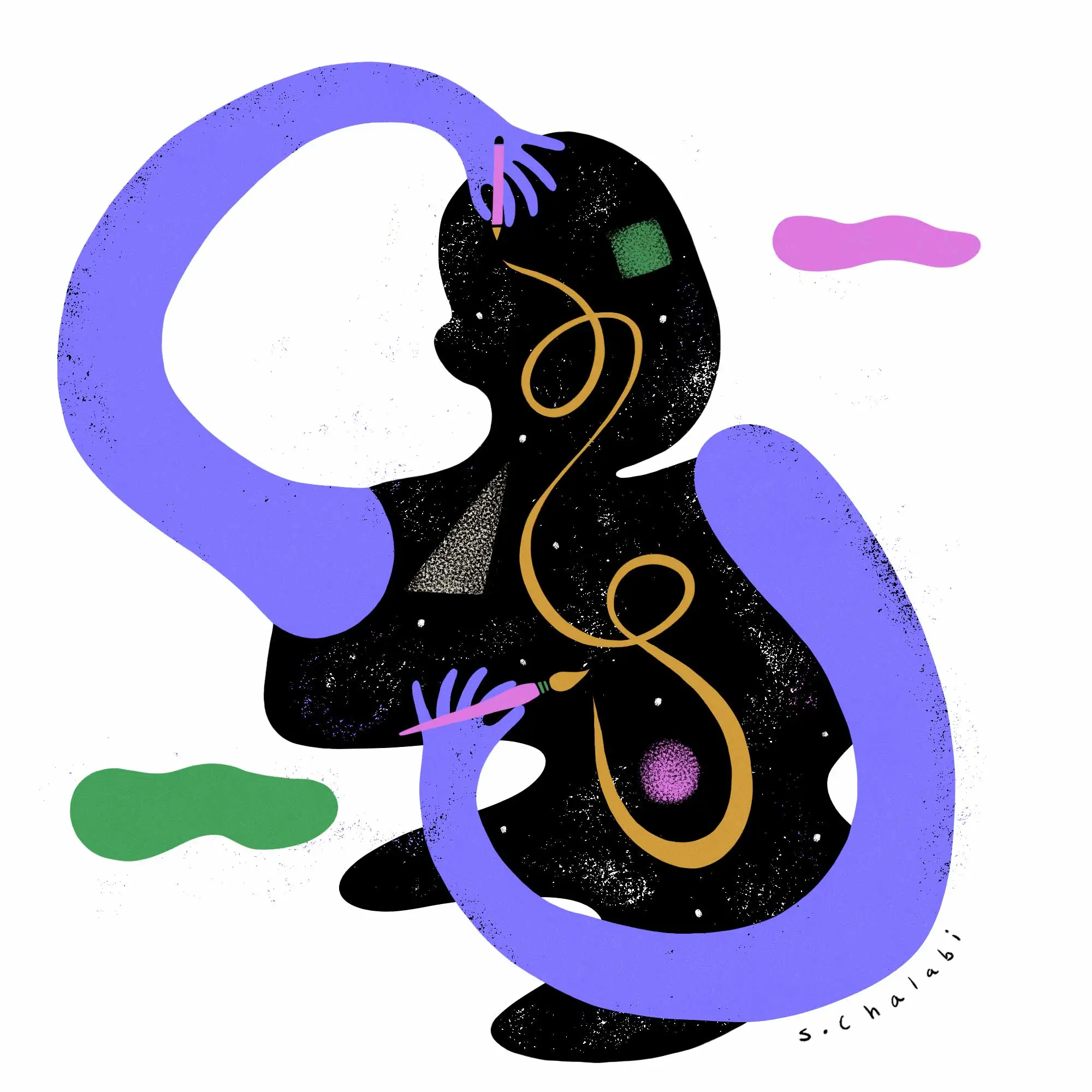Alice Sheppard on access as art
Alice Sheppard is the Artistic Director of Kinetic Light, as well as a choreographer and dancer in the company and a 2020 Disability Futures Fellow.
Large foundations and the not-for-profit sector are finally coming to the realization that they must do “something” with disability. But disability cannot be addressed by the not-for-profits’ usual strategy of working towards inclusion and calling it equity.
Inclusion is not equity. By definition, inclusion reminds us that there is one to be included and one who does the including. Rather than causing the includer to change, inclusion merely invites the excluded into a pre-existing system.
What if you committed to transformation and began by allowing disability itself to take the stage in your offices, Zoom meetings, boardrooms, and, yes, performances? Everything would change and that could be unnerving, but what would be gained?
Transformation requires you to center access in a relational and cultural way; it asks you to go far beyond basic compliance with the Americans with Disabilities Act. It goes beyond adding CART or ASL to a Zoom call. It goes beyond entrances, ramps, and a few flexible theater seats. Disabled people are a quarter of the population. Are we a quarter of your audience? Access connects us to one another—audience and artist—and to the work being performed on the stage. Adding it later as a description or interpretation of the work or a text summary does justice to neither the art nor the audience. What would it mean to imagine us from the very beginning as part of your audience? How might access live in the work, instead of something that happens at the last minute in the hands of a presenter, curator, or gallerist? How might access be art itself?
My understanding of disability does not begin with what some see as the medical deficits of our body-minds. My disability soars into view as an interpretive lens, an aesthetic and culture emerging from a combination of research, lived experience, conversation, other works of art, and something I cannot quite name. My disability changes how we experience space, time, and human interaction. Disability reveals the hidden rules of the world.
I am a disabled artist: a dancer, choreographer, writer, speaker, and occasional rider of horses. I share a world with disabled artists whose work defines what we call intersectional disability aesthetics, access, and culture. Access connects us to one another and the work on stage. It is not added on as an afterthought—as a description or interpretation of the work. Rather, principles of access can help form what we experience as the “art” of the work.
Are you ready to see the world differently? In conversation with our histories and dreaming of our futures, my community of artists daily shatters the world as I know it.
Join me amidst art that will rock you to your core. It may never explicitly reveal its foundational ideas or explicitly message its desires. But our art is building new worlds. It can do this because we are committed to our intersectional disability cultures, believe in the importance of our histories, and surface the deep truths that bind us to one another. As disabled artists, we may not agree on all of these cultures, histories, or truths, but the fervent belief that they exist offers us meaningful visions of the world.
There are no easy answers to the problems of the world in which we live. But how we approach these difficulties matters. I am learning to reframe my perspectives. Instead of struggling with questions such as, “What can I do about…” I am learning how to start with statements of when: “When we defund the police, close the prisons, provide healthcare, food and housing for all…When we can eat, sleep, breathe, and move around…When we are not ‘educating the conqueror’ (to use Toni Morrison’s words) or fighting for our lives, we…”
I invite you to join me at this new beginning. We—you and I—can work together to build equitable societies. Inclusion does not get us there because it supports the status quo. If we are willing to take new risks, we can build a world where intersectional disability aesthetics, culture, and justice are bedrocks of an equitable society.

This essay is part of CREATIVE FUTURES, a series of provocations by thinkers across the arts, documentary, and journalism on how to reimagine their sectors.